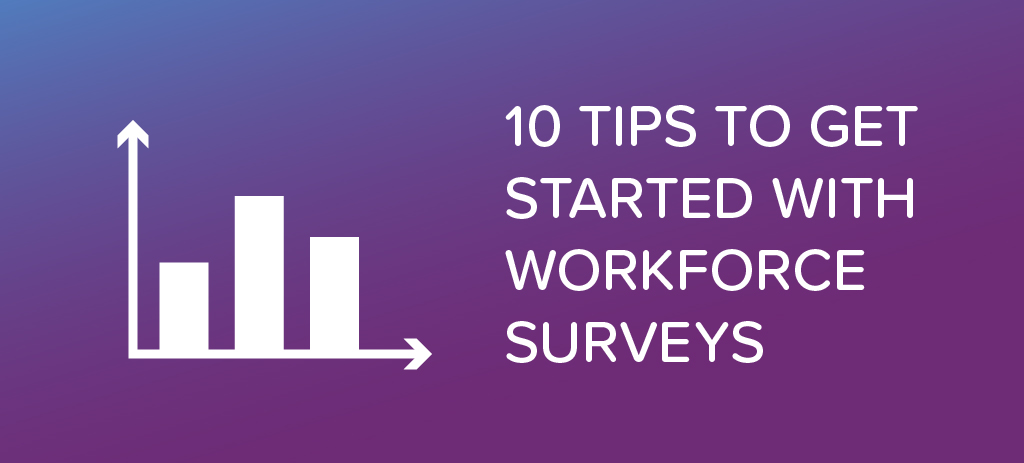10 Tips to Get Started with Workforce Surveys
You know you want to know more about your workforce’s challenges, attitudes, and feelings as an essential aspect of your business. And that Ganaz has a shiny new survey tool where workers get questions via text and you get all the data from the comfort of your computer. So, what’s next? In this post, we give you some great tips to take into consideration when creating your surveys.
1. Crew leaders should know and understand what employee surveys are all about.
Here at Ganaz, we help you to improve your direct communication with field and plant workers. However, it’s important to acknowledge that crew leaders are right there in the field and are also an important source of information and guidance for workers.
Communicate with your crew leaders (through Ganaz or in-person). Make sure every crew leader knows the following:
That the company will be sending surveys through Ganaz.
Answering surveys benefit everyone; making everyone voices heard helps the company take action to keep improving working conditions.
Gathering feedback from the workforce is important for the company.
2. Start with simple questions.
Take some time to make sure workers feel comfortable answering your surveys. We know it’s tempting to start asking questions about topics that feel urgent and that may be keeping you up at night but it’s crucial to establish a sense of safety and familiarity for workers.
Start with questions that are:
Positive
Non-controversial.
Short and clear.
Once workers are familiarized with surveys, you can start asking more specific questions according to your HR labor strategy.
3. Keep it short.
People’s attention spans are short. Your questions should be concise and clear. Be straightforward and to the point both on your questions and answer options (if you are sending a multiple-choice question).
4. Don’t ask compound questions.
Are you happy at work? and would you recommend the company to others?
In the above example, the recipient’s attention is divided and this can lead to confusion. Which of the 2 questions is the respondent answering?
5. Experiment with timing.
Every company’s crew schedule is different. We don’t recommend the same send time for everyone because the best way to optimize your send time is to take into account the particular schedules and conditions of your workers and experimenting with send times yourself. Test times around the start and end of the shifts and see which one works best for your team.
6. Write conversationally.
Don’t be overly formal or use complicated words. Use the type of wording people in your crews actually use. Make your employees feel like you are in a real conversation and someone is actually interested in what they, personally, have to say.
Before you send out a survey, practice asking the questions to a coworker or friend. Does it feel natural? Do they understand what you are asking?
7. Remember that response rates are NOT everything.
Yes. You want the most people to respond to your survey. However, you shouldn’t dismiss the power of the very valuable data you are getting, no matter the response rate. For example, you may have an open-ended question only get a 10% response rate BUT you may learn very critical information from those responses.
8. Aim for a 15% response rate and build from there.
Remember that your audience has a learning curve. Most workers in the agriculture and processing industries are not familiar with company surveys so it is important to understand that there will be a learning process when you start sending surveys to your employees.
Don’t get discouraged if you start with a seemingly low response rate; follow these tips and you will build trust and familiarity from your employees, which will result in higher response rates and, most importantly, insightful and actionable data to keep improving your business.
9. Take advantage of your tailgate meetings.
Doing surveys during tailgate meetings is a great way to both familiarize the workforce with the tool as well as get very high response rates.
10. Take action on results, even in small ways.
An important indicator for continued high response rates is that employees believe you’ll act on the data you receive. This is a great reason to start with simple, actionable questions so that you can build goodwill and trust quickly.

